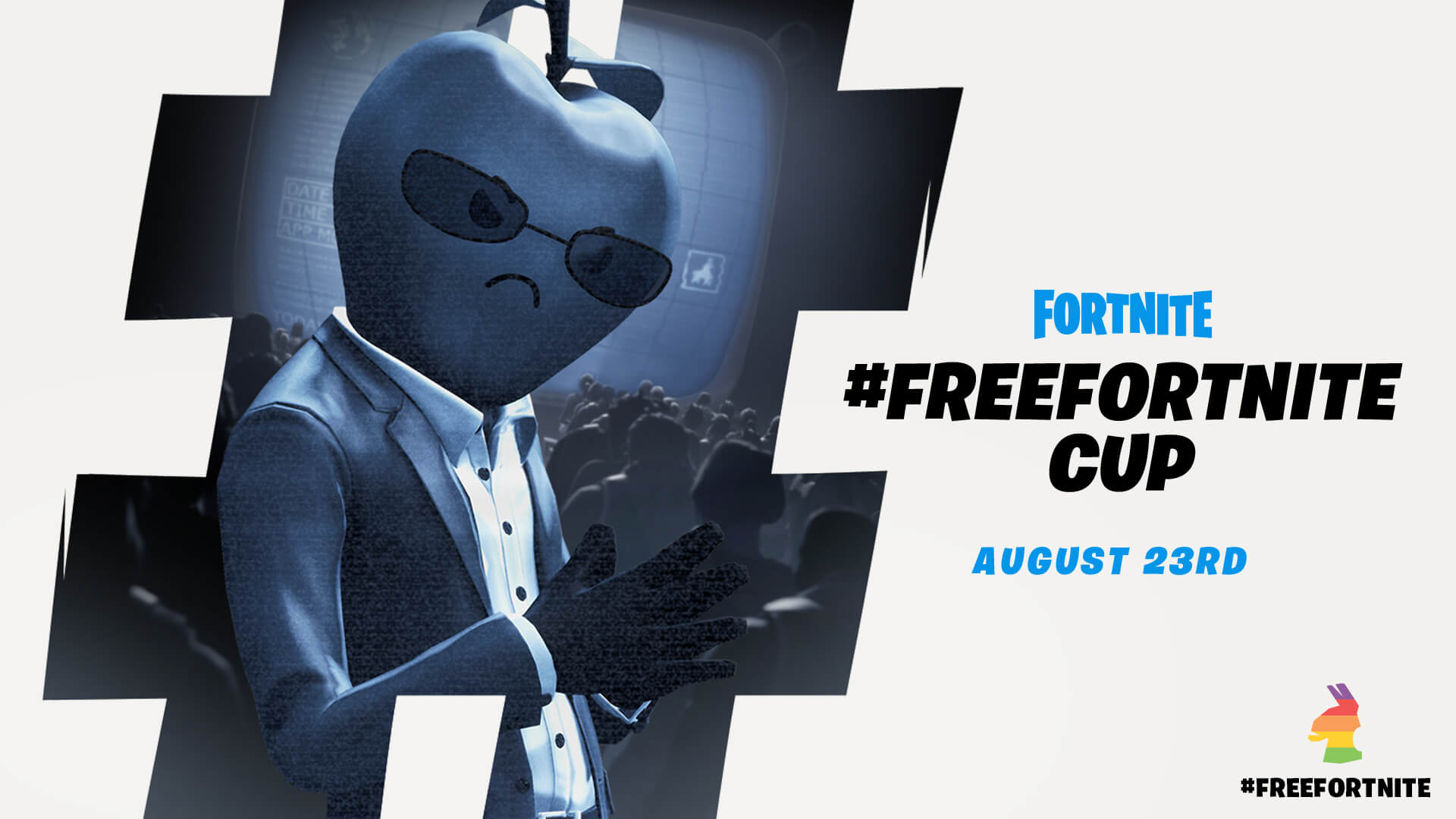What makes the number 30% absurd out of curiosity? What is a non-absurd amount to charge, and who decides that?
Epic’s Battle With Apple and Google Actually Dates Back to Pac-Man - Bloomberg -8/19/20
"A 30% fee from the age of cartridges is at the heart of its fight with the giant gatekeepers of mobile gaming."
Epic Games Inc. is out to prove it’s worthy of its name. It’s in a massive fight with Apple Inc. and Google over the 30% cut that both companies take from game revenues on their platforms. Epic contends that the fee is both outdated and unfair. The revenue split has its roots in 1980s Japan and the era of chunky cartridges and primitive consoles. Now it’s being questioned by game makers such as Epic across the global developer community.
The so-called platform “tax” dictates the distribution of vast sums of money. Epic’s own Fortniteis estimated to generate in excess of $1 billion annuallyfrom in-game cosmetics and extras. The company’s protest against the giants escalated when it gave Fortnite users the option to buy the add-ons directly—which would cut Apple and Alphabet Inc.-run Google out of the transaction. That prompted Fortnite’s removal from both the iPhone’s App Store and the Android Play Store.
But what was the 30% supposed to pay for in the first place? It was the Nintendo Entertainment System that first introduced the platform fee in the early 1980s. It began when Namco Ltd., the creator of Pac-Man and a major provider of arcade games at the time, wanted to expand its distribution via Nintendo’s nascent console—called the Famicom when it was released in 1983 in Japan. Namco got together with another game maker, Hudson Soft Co. (creator of Bomberman), to persuade Nintendo Co. to open its platform to outside software makers, according to Hisakazu Hirabayashi, an independent industry consultant.
Both were eager to be on Nintendo’s popular console, but Hudson couldn’t make its own cartridges, according to Hirabayashi. And so Namco proposed paying Nintendo a 10% licensing fee to be able to be on the console while Hudson paid an additional 20% for Nintendo to make its game cartridges. Nintendo agreed—and that two-component fee, licensing and manufacturing, became the basis of today’s 30% “tax.”
So let's all blame Nintendo for this mess!



